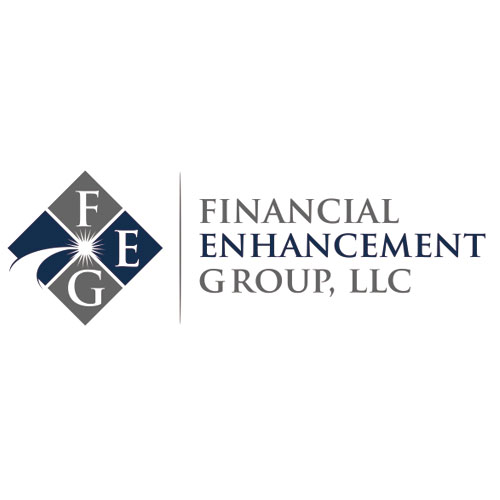Historically retirement plans created by individuals were often “silo” in nature. Individuals tended to have all one type of income that generally included interest from banks, coupons from bonds or dividends from stocks. Today we recognize the tax world forces us to utilize all three of those income flows as well as control recognized capital gains.
The recent market volatility had an acquaintance of mine make a very misguided statement and we will use this article to explain the issues and problem in their thoughts. This is in no way endorsing their investment strategy – I don’t even agree with it as a stand-alone strategy – but if it matters to him it will matter to some of our readers.
“Joe, this market volatility is destroying my dividend yield,” began the frustrated and misguided conversation. Confused but naturally curious I asked “How so?” The individual said that when the market declined, his dividend yield changed and his income had to go down. Not so.
The strategy this gentleman was employing was based purely on dividends. A dividend is distributed profit from a company. In this case, he owned $1,000,000 of dividend-paying stocks that he had owned for years. Each quarter most of the companies would declare a dividend and deposit the funds into his brokerage account where he would take a monthly check to fund his standard of living. The problem is the stock price going up or down doesn’t change the actual dividend but rather the calculation of the dividend yield.
If a CD (Certificate of Deposit) at a bank pays 2%, that portion of the interest earned will be added to the account quarterly. That added amount also earns interest the following quarter which is why the annual yield is greater than the stated interest rate. However, stock dividend yields are entirely different.
If a stock that pays out a dividend of $5 per year ($1.25 per quarter) the company is in theory earning enough free cash to provide that income. We don’t know the effective yield until we compare it to the stock price. If the stock price were at $50 per share then the $5 dividend would have a 10% yield. If the stock price were $200 per share then the yield would fall to 2.5% though the amount of income received for each share owned never changed.
The recent volatility brought some stock prices down in a significant amount. Most were growth-oriented companies that do not pay dividends but many of the industrial stocks that do pay dividends also have seen declines. As the share price fell, unless the company took explicit action to reduce their dividend, the stated yield on the dividend increased as the stock price declined. No more cash but just a higher calculated yield.
The key takeaway is that there is a difference between cash (a dividend) and a mathematical formula used to calculate yield. They both can matter at the time of purchase and can be a reasonable statistic to watch but short-term market volatility will not necessarily influence your dividend income.
Disclaimer: Do not construe anything written in this post or this blog in its entirety as a recommendation, research, or an offer to buy or sell any securities. Everything in this post is meant for educational and entertainment purposes only. I or my affiliates may hold positions in securities mentioned in the blog. Please see my Disclosure page for full disclaimer.



